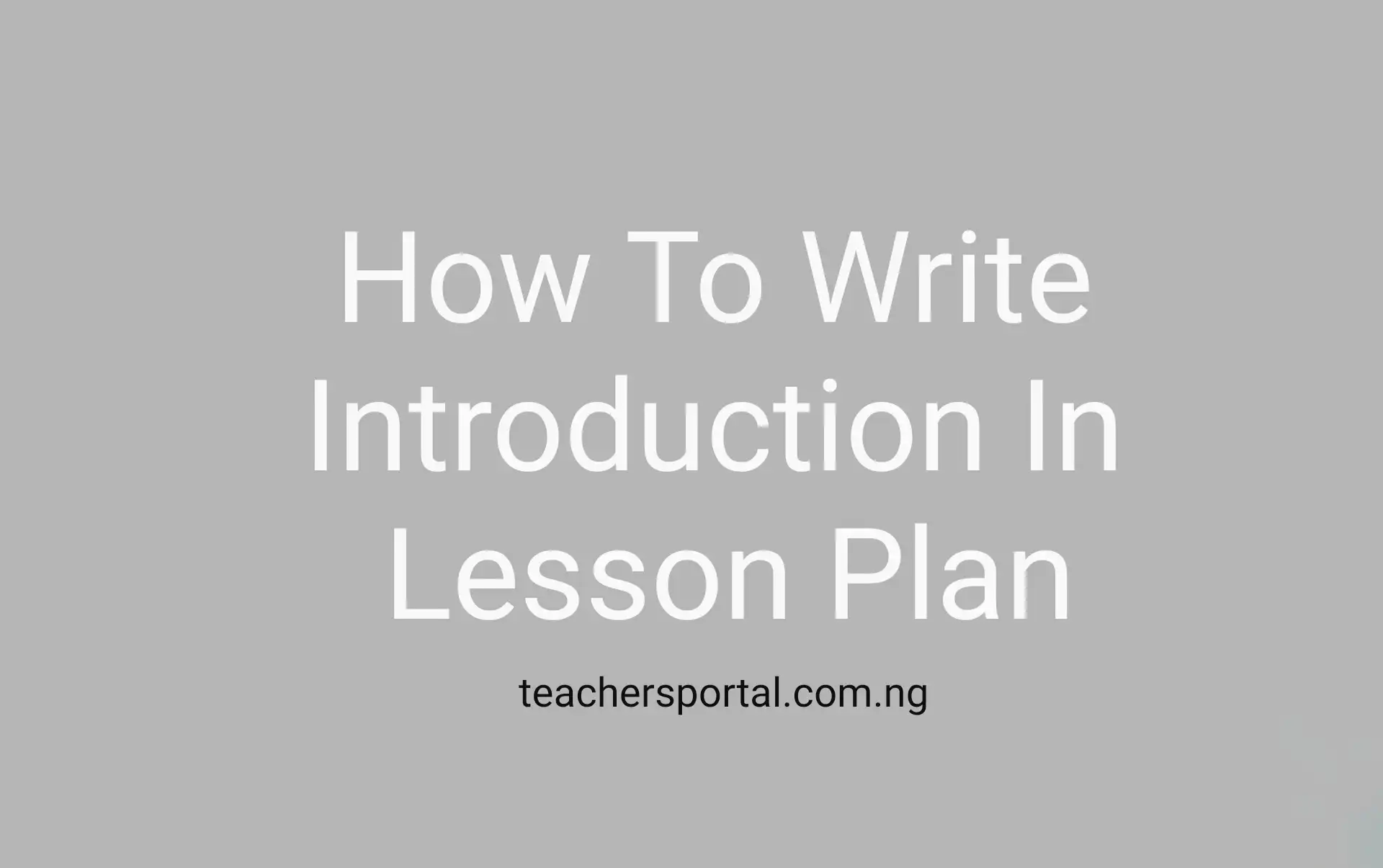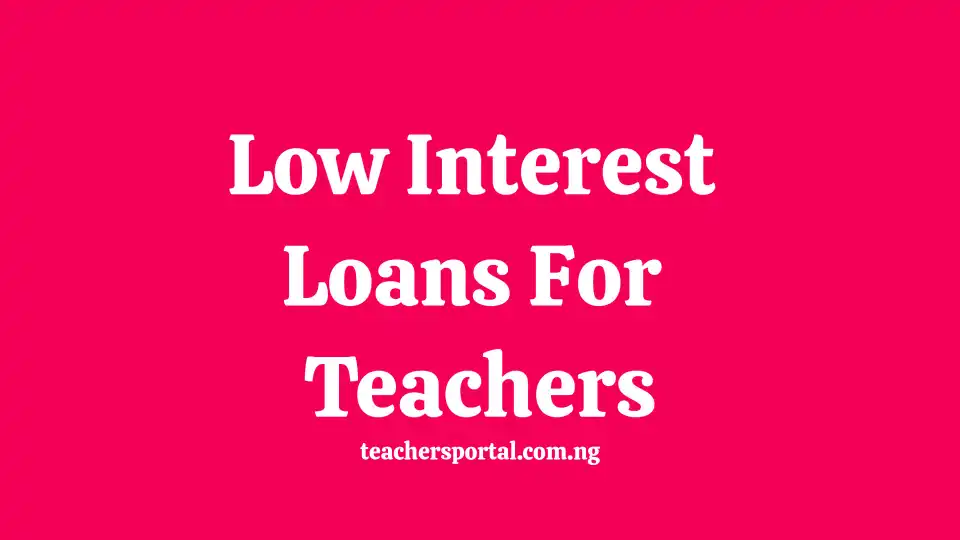This article explores Behavioral Objectives in lesson plans. If you’re a teacher or student teacher with little or no idea about effectively implementing behavioral objectives in your lesson plan, then this article is for you.
While we are primarily focused on explaining the meaning of Behavioral Objectives in lesson plans and how to implement them as a teacher, we also provide definitions and examples of how Behavioral Objectives are written in a lesson plan.
What Is Behavioural Objectives In Lesson Plan
Definitions
- A behavioral objective is a statement that describes what a learner is expected to know or be able to do upon completion of a lesson or unit of instruction. Behavioral objectives are written in specific, measurable, and observable terms so that teachers can assess whether or not students have achieved the desired learning outcomes.
- A behavioral objective refers to specific, measurable learning outcomes anticipated at the conclusion of a teaching and learning process.
- A behavioral objective, often likened to the teacher’s target, articulates the desired achievements following a lesson. It serves as the destination in the lesson plan, emphasizing that without clear objectives, teaching is akin to a traveler without a destination. Additionally, these objectives play a crucial role in evaluation; when transformed into questions and answered proficiently, they indicate successful lesson delivery.
- Behavioral objectives enable teachers to identify the essential components of a lesson that students must comprehend. These objectives encompass the goals of the lesson across cognitive, affective, and psychomotor domains.
- For a teacher, a behavioral objective serves as a tool to gauge the effectiveness of their teaching. It provides insights into the quality of instruction and helps assess the level of understanding among learners.
- Behavioral objectives are explicit expectations that articulate the capabilities learners should acquire by the conclusion of a lesson or a series of instructional sessions. In lesson planning, they serve as a guiding force, influencing other elements such as instructional aids, lesson content, board summaries, activities, and evaluations.
- Behavioral objectives act as a compass for teachers during instruction, directing them within the boundaries of what should be conveyed to the learners. They help maintain focus, preventing unnecessary distractions or deviations from the curriculum or scheme of work for a particular subject.
From the above definitions, it can be inferred that behavioral objectives assist the teacher in assessing the extent to which the imparted knowledge has been acquired by the learners.
However, it’s important to always remember that when formulating behavioral objectives, you should note the following:
- Audience: Consider the learners’ age, maturation level, and environment.
- Behavior: Use specific action verbs like explain, define, analyze, or highlight instead of vague terms like ‘understand.’
- Condition: Attach timing conditions (time-bound) to objectives, aligning with the timetable.
- Degree: Specify the extent of response required, avoiding vague statements and providing clear criteria, such as listing a specific number of items.
Focus of Behavioral Objectives
When crafting lesson objectives, it’s crucial to consider the Blooms theory of domains, which categorizes learning into three dimensions:
- Cognitive Domain: This focuses on intellectual aspects of learning, involving knowledge acquisition, information processing, problem-solving, and prediction.
- Affective Domain: Encompassing attitudes, appreciations, values, and emotions, the affective domain ranges from simple awareness to higher levels of acceptance and engagement.
- Psychomotor Domain: This domain involves skills requiring the use and coordination of skeletal muscles, such as lifting, writing, drawing, locating, and transplanting.
When planning a lesson, it’s essential to establish clear objectives that answer what students are learning, why they are learning it, and how it connects to their broader educational journey.
How To Write Behavioural Objectives In Lesson Plan
Before delving into the process of writing Behavioral Objectives in lesson plans, it’s crucial to note that you should aim for at least three objectives. This is essential to ensure coverage across the three domains of Bloom’s taxonomy, as mentioned in the previous section.
Moving on, you can commence writing Behavioral Objectives in your lesson plan using either of these two phrases:
“By the end of the lesson, the students should be able to:”
“At the end of the lesson, the pupils should be able to…”
Both are correct, but the more suitable and educationally acceptable choice is the former.
Examples Behavioural Objectives In Lesson Plan
- Example I
For a lesson on Transportation, the Behavioral Objectives covering Bloom’s three domains could be:
“By the end of the lesson, the learners should be able to:
I. Define Transportation
II. Mention three types of Transportation
II. Draw a motorcycle”
- Example II
For a lesson on Farm Produce, the Behavioral Objectives could be written as follows:
“By the end of the lesson, the pupils should be able to:
I. Define Farm Produce
II. List four examples of farm produce.
III. Demonstrate proper handling of a specific farm produce item, like washing or peeling.“
These objectives ensure a comprehensive approach, encompassing cognitive understanding, emotional engagement, and practical skills related to the topic of Farm Produce.
Benefits of Using Behavioral Objectives
- Provide direction for instruction: Behavioral objectives help teachers focus their instruction on what is most important for students to learn.
- Improve student learning: When students know what they are expected to learn, they are more likely to focus and engage in the learning process.
- Guide assessment: Behavioral objectives provide a framework for assessing student learning.
BY ISRAEL UCHENNA






